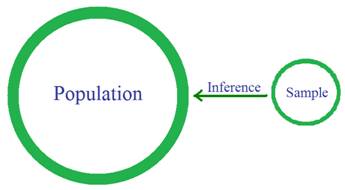Review:
Random sampling is a convenient and efficient way to take an estimate of the population without having to count or observe every individual. This is very important when dealing with very large populations.
In a random sample, every member of the population has an equal chance of being selected as part of the sample.
Scaling up from the sample set allows us to make an estimate of the population as a whole.

In this module we looked at two types of data: presence/absence and abundance. P/A is collected in a simple yes/no fashion, while abundance involves counting the number of individuals in our sample area. Abundance can also be expressed as density by taking the number counted over the area sampled.
P/A data is especially useful when you are studying something that can’t be counted individually or you are more interested in where something is located than its abundance.
By relating P/A and abundance data we can observe a correlation in these two data sets.
A transect sample is a random sample done along a strip in the study area. This is convenient when the study area is very large or otherwise prohibitively difficult to sample. Transect sampling is very popular with ecologists and is useful in showing changes over time because you can resample the same transect year after year.
If you want a printer-friendly version of this module, you can find it here in a Microsoft Word document. This printer-friendly version should be used only to review, as it does not contain any of the interactive material, and only a skeletal version of problems solved in the module.
Copyright University of Maryland, 2007
You may link to this site for educational purposes.
Please do not copy without permission
requests/questions/feedback email: mathbench@umd.edu